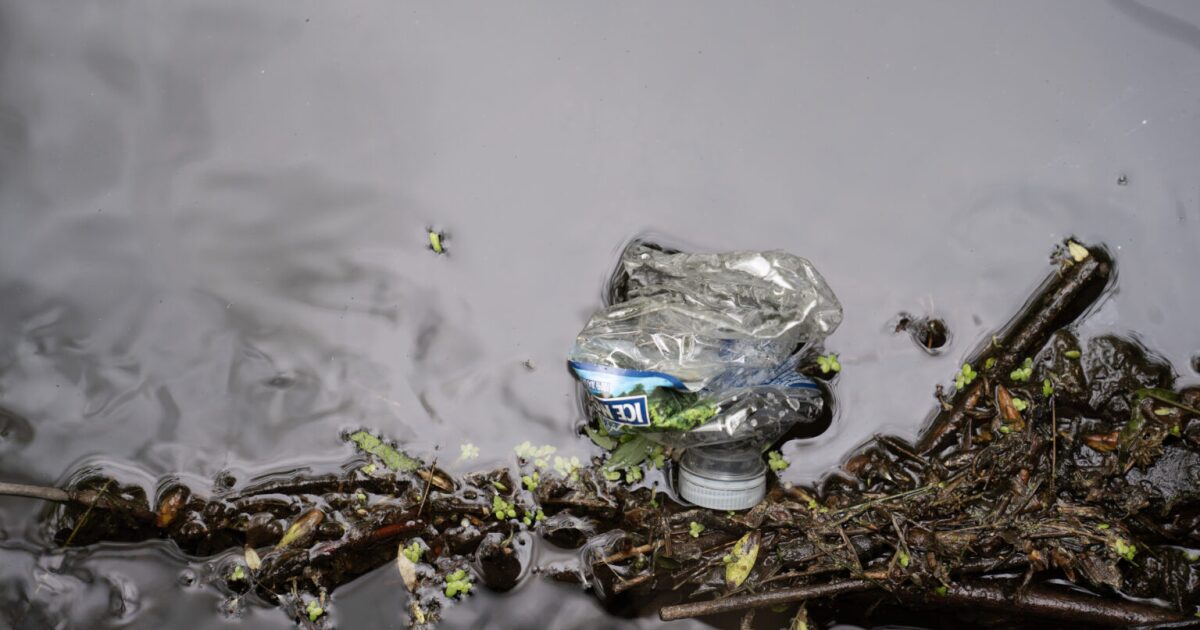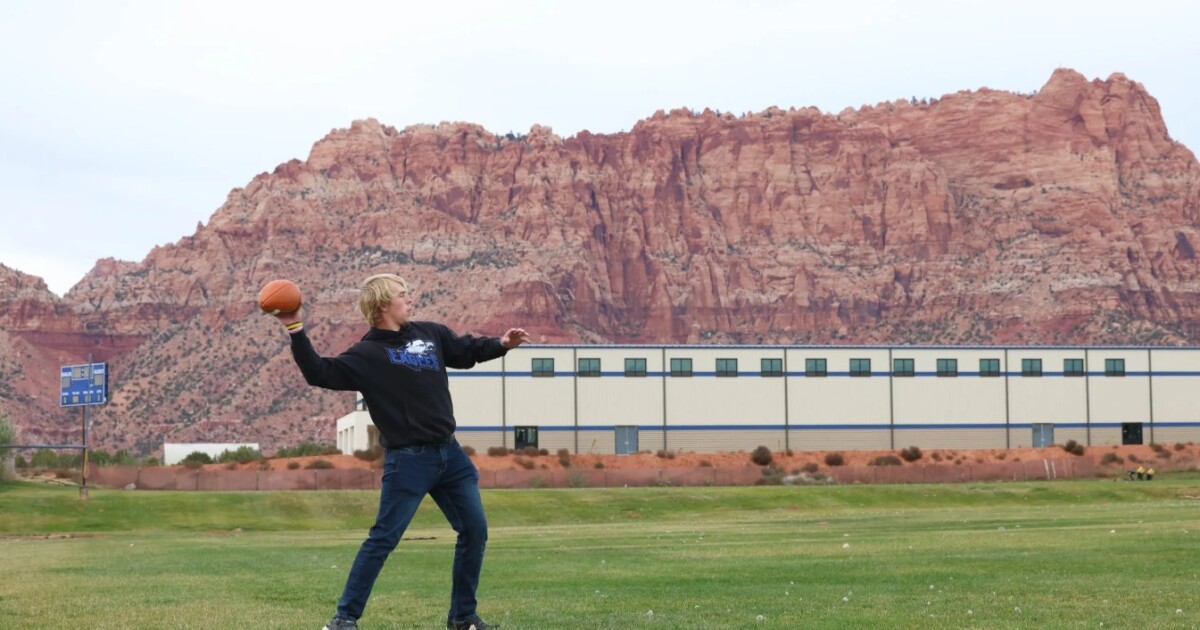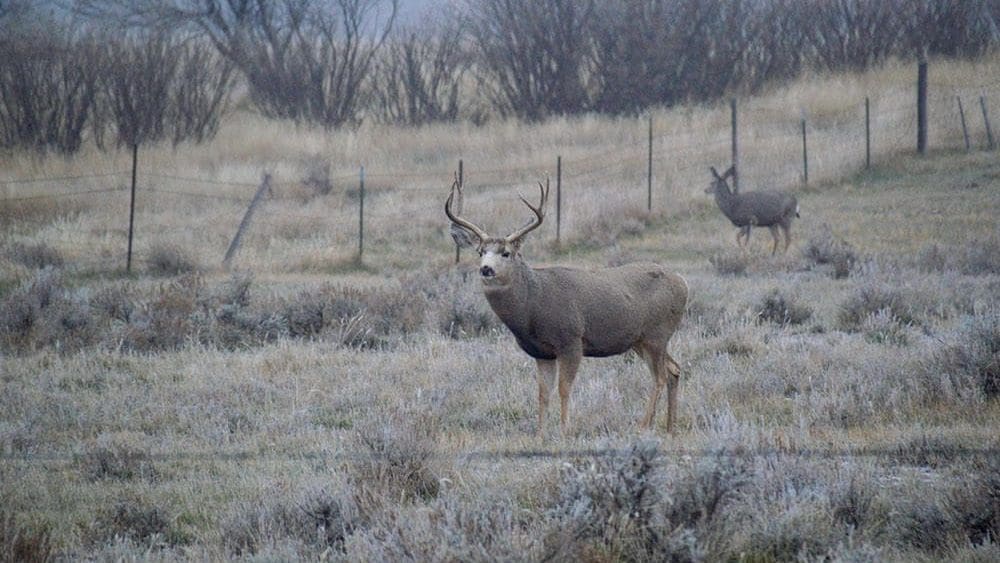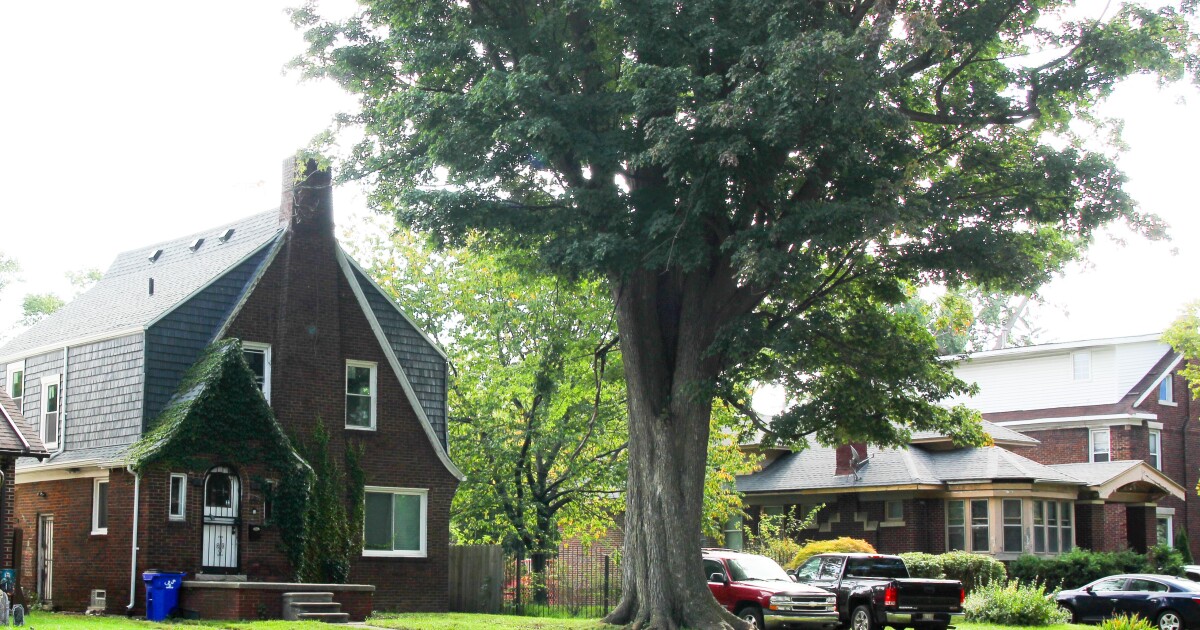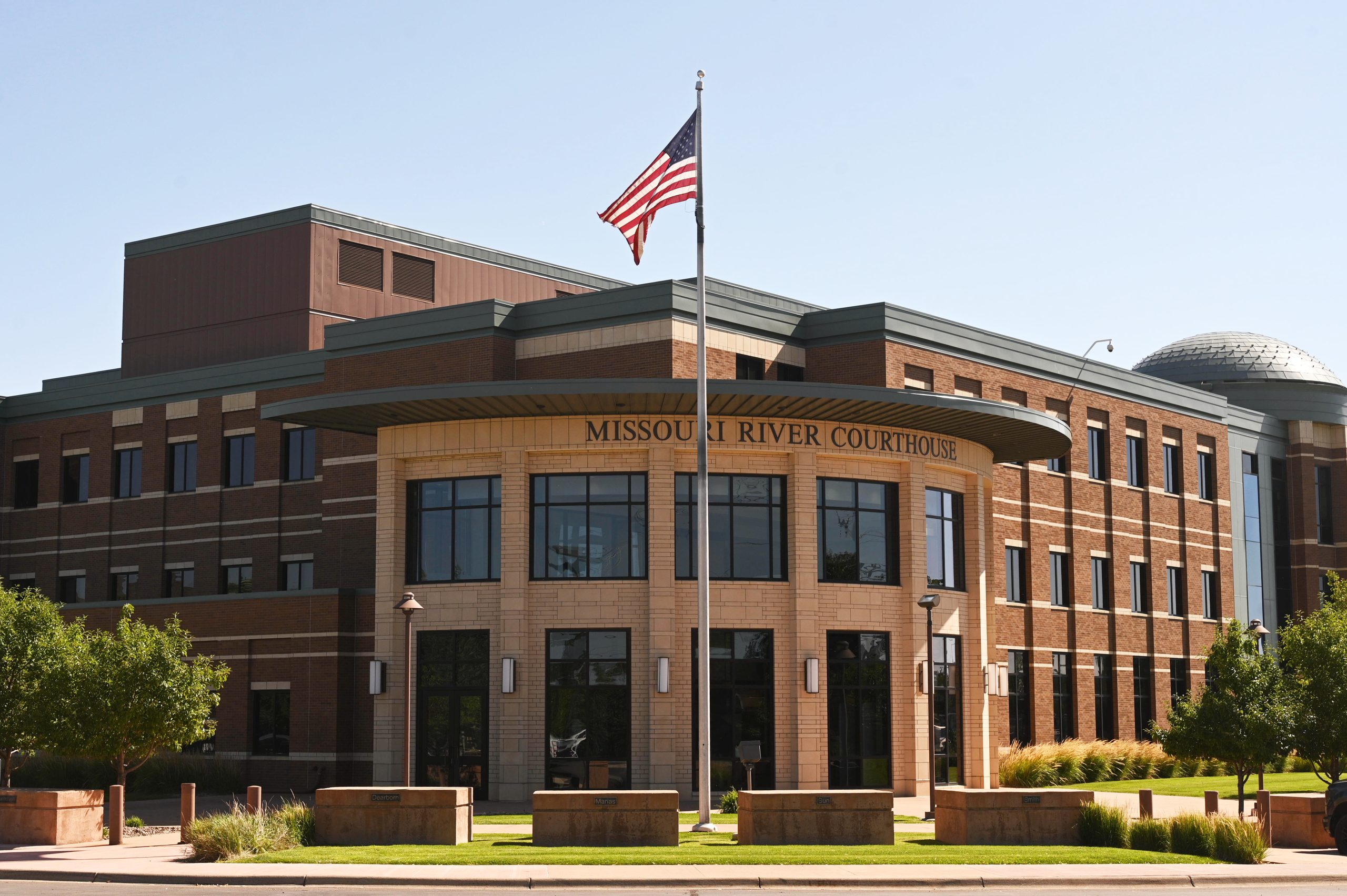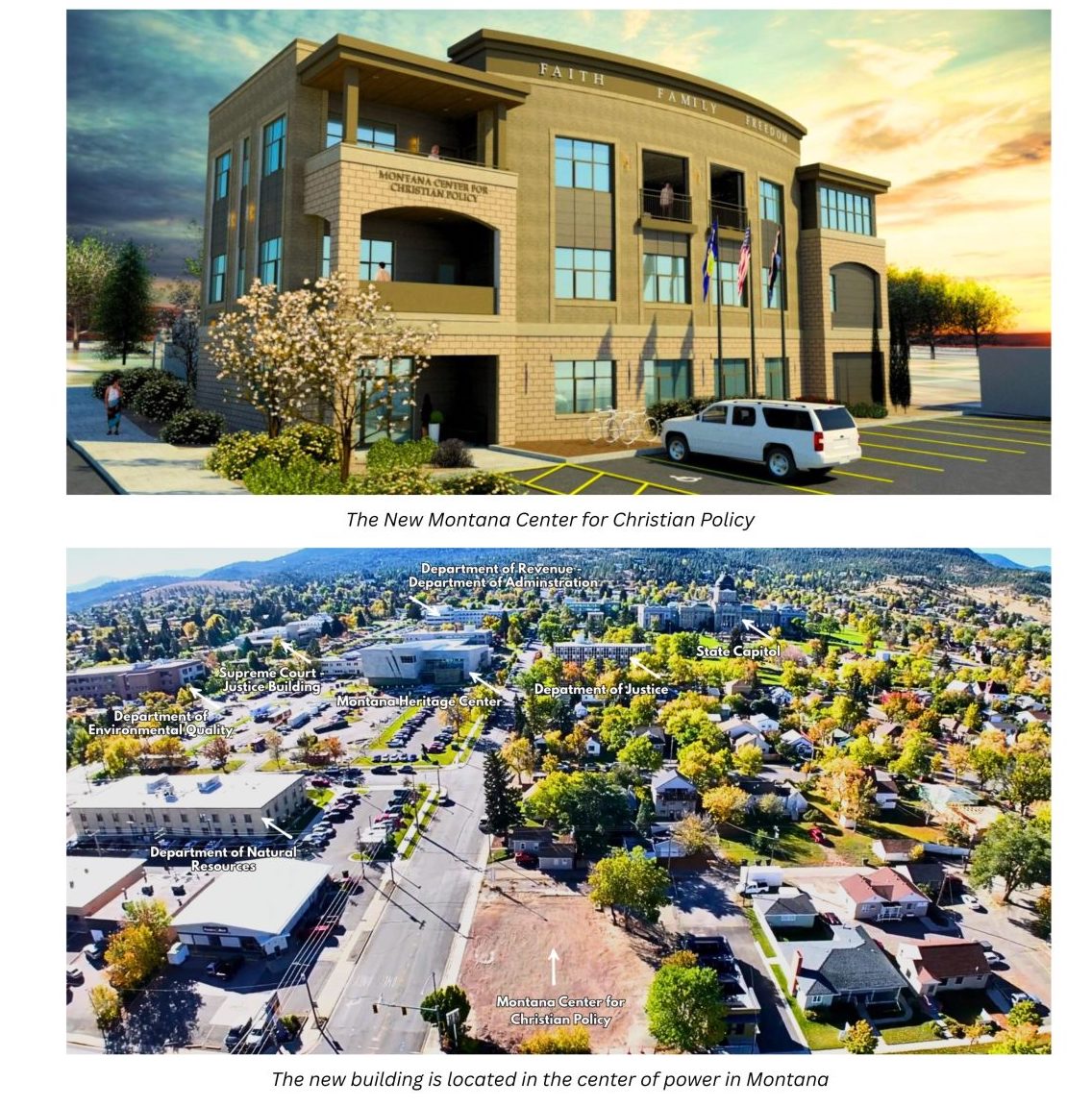Navajo Nation and Energy Fuels Agreement Sparks Concerns Over Uranium Transport
The recent agreement between Navajo Nation government and Energy Fuels regarding the transport of uranium from a mine located south of the Grand Canyon has raised significant concerns among local Navajo communities. These communities feel excluded from the decision-making process, despite the transportation route passing through their lands.
Treina Jones, co-founder of community organization Bidí Roots, is actively protesting the agreement. A walk is planned later this month to express opposition to the deal. Jones voiced concerns about the lack of information on how potential radioactive spills would be managed.
“We are encouraging folks to check in with their local chapters,” Jones stated. “Especially communities that are along this haul route starting from the Grand Canyon and all the way up through Mesa and Utah.” Her organization, in collaboration with Diné C.A.R.E, has already gathered community concerns about the route, which traverses tribal lands in northern Arizona.
Jones reflected on the feedback from the community, saying, “Like, ‘Why is the Navajo Nation doing this? Aren’t they aware of so many people having cancer from all the abandoned uranium mines, that was the main issue?’”
She emphasized the ongoing health impacts of uranium exposure, noting, “There will be health consequences, because a lot of the reservation communities are impacted by uranium – and a lot of people do get cancer.” Such concerns are a painful echo of history for the Diné people, who are still dealing with the repercussions of past uranium mining activities.
Jones hopes for a substantial turnout at the protest walk scheduled for Saturday, February 22, in Tuba City. She encourages participation from communities along the uranium transport route, particularly from elders and veterans, to voice their concerns and questions.
1 of 20
The Pinyon Plain Mine shaft is roughly 1,470 feet deep and used to extract uranium ore from below the surface.
Gabriel Pietrorazio/KJZZ
2 of 20
The Pinyon Plain Mine near the Grand Canyon.
U.S. Forest Service
3 of 20
The development rock stockpile, consisting of waste rock materials, can be seen from outside the fence line of the Pinyon Plain Mine.
Gabriel Pietrorazio/KJZZ
4 of 20
HaulNo! monitoring volunteer Xipe Rivera outside the Pinyon Plain Mine in May 2024.
Gabriel Pietrorazio/KJZZ
5 of 20
HaulNo! monitoring volunteer Xipe Rivera points at a pile of uranium ore exposed to the elements at Pinyon Plain Mine.
Gabriel Pietrorazio/KJZZ
6 of 20
More than a ton of uranium ore from the Pinyon Plain Mine sits on an ore pad, which is permitted to hold up to 13,000 pounds.
Gabriel Pietrorazio/KJZZ
7 of 20
HaulNo! monitoring volunteer Xipe Rivera snaps photos of Pinyon Plain Mine by flying a drone overhead in May 2024.
Gabriel Pietrorazio/KJZZ
8 of 20
Xipe Rivera of HaulNo! toggles the controls of a drone during a May 2024 monitoring visit at Pinyon Plain Mine.
Gabriel Pietrorazio/KJZZ
9 of 20
HaulNo! monitoring volunteer Xipe Rivera throws on a mask, gray jumpsuit and pair of boots as he prepares to monitor the Pinyon Plain Mine in May 2024.
Gabriel Pietrorazio/KJZZ
10 of 20
A drone shot of Pinyon Plain Mine captured by Xipe Rivera of HaulNo! during a monitoring trip on May 10, 2024.
Xipe Rivera/HaulNo!
11 of 20
More than a ton of uranium ore from the Pinyon Plain Mine sits on an ore pad, which is permitted to hold up to 13,000 pounds.
Gabriel Pietrorazio/KJZZ
12 of 20
Pinyon Plain’s conventional mines safety superintendent Tyler Martin picks up a piece of uranium ore from the stockpile with his bare hand.
Gabriel Pietrorazio/KJZZ
13 of 20
Gabriel Pietrorazio/KJZZ
14 of 20
This sign marks one of more than a hundred abandoned uranium mines in Cameron on the Navajo Nation.
Gabriel Pietrorazio/KJZZ
15 of 20
White Mesa Mill in southern Utah.
Ron Dungan/KJZZ
16 of 20
Entrance to White Mesa Mill in southeastern Utah.
Gabriel Pietrorazio/KJZZ
17 of 20
The White Mesa Mill in San Juan County, Utah.
Gabriel Pietrorazio/KJZZ
18 of 20
The gray-painted area is where tanks of yellowcake are processed inside the White Mesa Mill.
Gabriel Pietrorazio/KJZZ
19 of 20
The Ute Mountain Ute Tribe community of White Mesa is home to some 350 or so residents that live a few miles down the road from White Mesa Mill.
Gabriel Pietrorazio/KJZZ
20 of 20
A truck hauling radioactive material arrives at the White Mesa Mill near Blanding, Utah.
Gabriel Pietrorazio/KJZZ
Read More Arizona News




